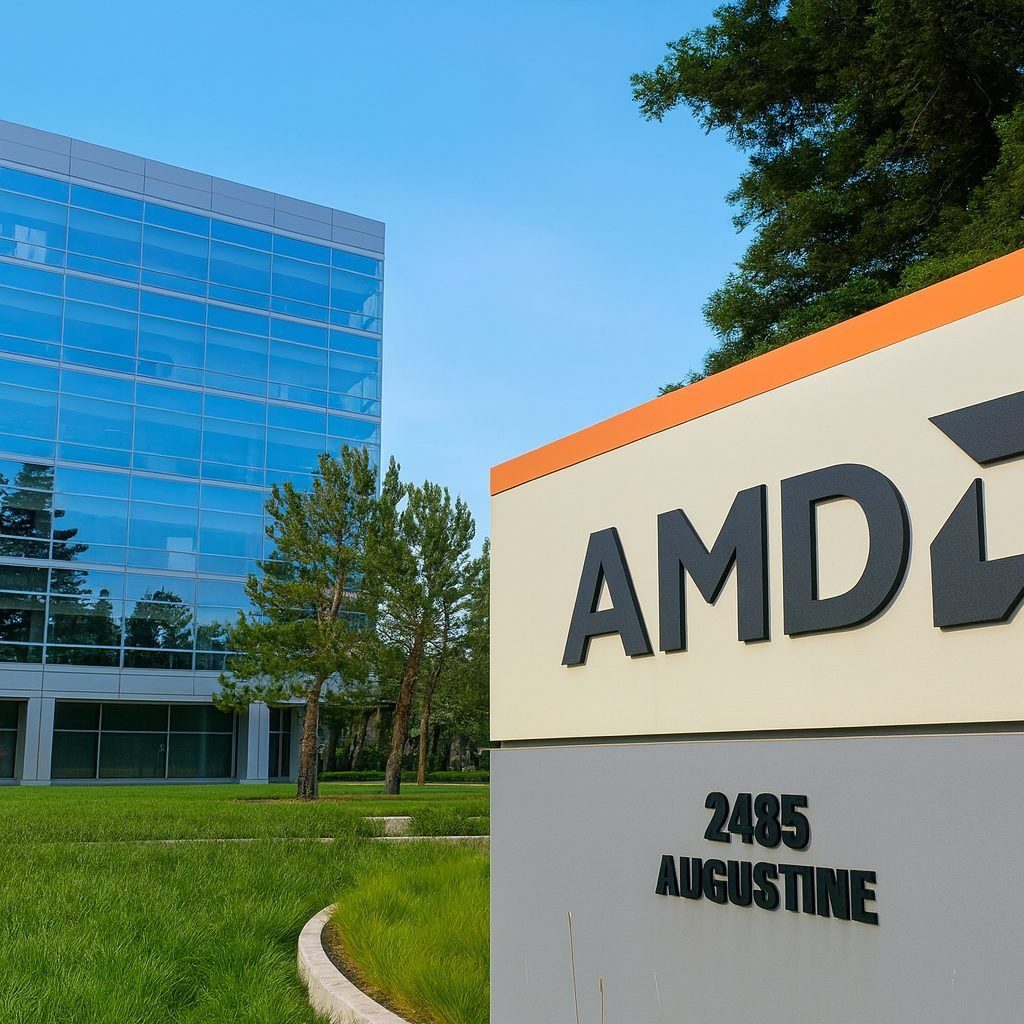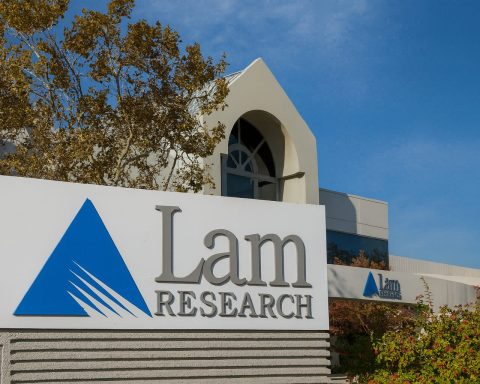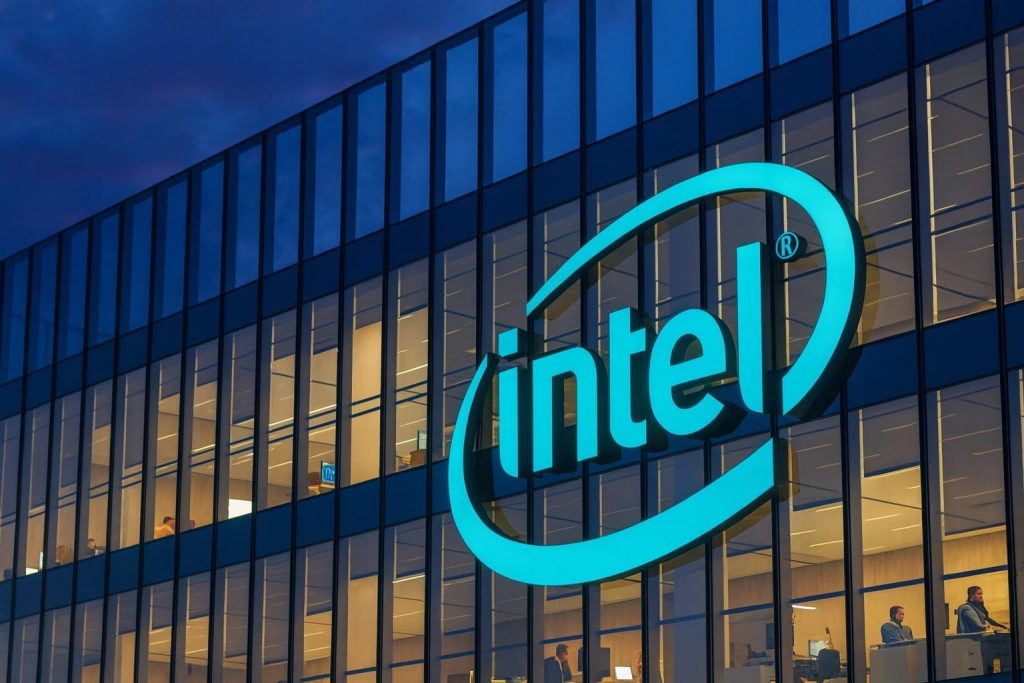Advanced Micro Devices Inc. (NASDAQ: AMD) is under heavy pressure in Tuesday’s session, with the stock sliding after reports that Meta Platforms may spend billions of dollars on Google’s in‑house AI chips instead of relying solely on traditional GPU suppliers like Nvidia and AMD.
As of early U.S. trading on November 25, 2025, AMD shares are changing hands around $198, down roughly 7.9% from Monday’s close of $215.05. That leaves the stock well below its recent highs but still far above where it started the year. [1]
AMD stock today: price action and key levels
- Last price (approx.): $198.13
- Previous close: $215.05
- Intraday range so far: high near $210.66, low around $197.18
- Intraday volume: about 10.8 million shares as of ~14:42 UTC, still below the recent average daily volume of about 50 million. [2]
The roughly 8% drop comes just one day after AMD jumped about 5.5% on Monday, November 24, closing at $215.05 on renewed AI optimism and strong post‑earnings momentum. [3]
Even after today’s sell‑off, AMD remains a big 2025 winner:
- Approx. 1‑year total return: around 50%+ [4]
- 52‑week range: from about $76.48 to $267.08 per share [5]
That backdrop—huge gains, rich valuation, and very AI‑centric expectations—helps explain why one negative headline can hit so hard.
The Meta–Google AI chip story that rattled AMD
Today’s immediate catalyst is a report that Meta Platforms is in talks to spend billions of dollars on Google’s Tensor Processing Unit (TPU) AI chips, potentially starting with rented capacity through Google Cloud as early as 2026 and deploying TPUs directly in Meta data centers later in the decade. [6]
Key points from this story and market reaction:
- According to The Information, summarized by multiple outlets, Google has been pitching TPUs as an alternative to GPUs from Nvidia and AMD for large‑scale AI workloads. [7]
- Nvidia and AMD both fell sharply in pre‑market trading, with one pre‑open snapshot showing AMD down about 8.1% and Nvidia off roughly 5.5%. [8]
- Broader market coverage from AP‑syndicated reports notes that AMD is down about 7–8% intraday as investors digest the risk that big AI customers could diversify away from GPU suppliers in favor of internal or alternative chips. [9]
Right now, Meta relies heavily on Nvidia for AI training, while AMD is working to grow its share with the Instinct MI300/MI400 accelerator roadmap. The concern is not that AMD is losing a giant existing contract today, but that a slice of future hyperscale AI build‑out could flow to Google TPUs instead of GPUs, shrinking the potential pie for both Nvidia and AMD.
In other words, the fear today is future share of wallet, not an immediate collapse in AMD’s order book—but markets tend to price that kind of competitive risk quickly.
How today’s drop fits into AMD’s 2025 AI story
Today’s selling comes after a string of very bullish AI headlines for AMD over the past two months.
Record Q3 2025 and upbeat guidance
On November 4, 2025, AMD reported record third‑quarter revenue of about $9.2–9.25 billion, up roughly 35–36% year over year. Non‑GAAP earnings per share came in at $1.20, beating Wall Street estimates around $1.17, and data‑center‑driven AI demand played a major role. [10]
For Q4 2025, AMD guided revenue to about $9.6 billion ± $0.3 billion, implying continued mid‑20% year‑over‑year growth and a modest sequential increase. [11]
Analyst Day: $100 billion data‑center ambition
At its first Analyst Day in several years on November 12, 2025, AMD:
- Set a long‑term target of $100 billion in annual data‑center revenue,
- Said it expects to more than triple earnings by 2030,
- Forecast around 35% annual growth at the company level and 60% annual growth in its data‑center segment over the next three to five years,
- Positioned its next‑generation MI400 accelerators and Helios rack‑scale systems as key weapons against Nvidia in AI infrastructure. [12]
Shares jumped about 7% on the day of those announcements, adding over $25 billion in market value and reinforcing AMD’s role as a top AI infrastructure play. [13]
Today’s headline‑driven drop, then, needs to be seen against this backdrop: AMD has been re‑rated as a high‑growth AI leader, leaving the stock more vulnerable to any news that suggests hyperscalers might spread their AI spending across a wider set of chip vendors.
Valuation debate: is AMD still cheap after a 2025 surge?
Today’s decline also lands squarely in an ongoing debate about how richly AMD is valued.
A fresh valuation analysis from Simply Wall St, published November 25, notes that: [14]
- AMD’s share price is up about 78% year‑to‑date and roughly 29% in the last 90 days, with a 12‑month total return around 52%.
- A widely followed “fair value” narrative on that platform pegs AMD’s intrinsic value near $270 per share, suggesting upside from recent prices.
- At the same time, AMD trades at about 112× earnings, compared with a U.S. semiconductor industry average around 35× and a peer average near 66×, implying investors are paying a steep premium for future growth.
In short: the bull case says the market still isn’t fully pricing AMD’s AI opportunity; the bear case says a lot of that growth is already reflected in the stock, leaving little room for disappointment. Today’s news tilts sentiment toward the cautious side, at least in the short term.
Insider selling and institutional flows: signals or noise?
Two sets of ownership headlines involving AMD hit the tape around today: insider sales and institutional buying.
Political and executive insider sales
A MarketBeat report dated November 25 highlights that: [15]
- U.S. Representative Lisa C. McClain (R‑Michigan) disclosed a sale of AMD shares on October 31, in the $1,001–$15,000 range via a retirement account.
- Senior AMD executives have also been trimming positions:
- EVP Mark Papermaster sold about 17,108 shares (roughly $4.1 million),
- EVP Forrest Norrod sold around 19,450 shares (about $4.5 million).
- Over the last 90 days, insiders have sold roughly 75,676 shares, valued at about $16.1 million, with insiders owning only a very small fraction of the total float.
These insider sales come on the heels of a big run‑up in the stock and are relatively small compared with AMD’s market capitalization of over $300 billion. Still, traders often notice such sales when sentiment is already fragile.
Institutions continue to add AMD
In contrast, another MarketBeat note today points to ongoing institutional accumulation: [16]
- Global Retirement Partners LLC disclosed a new position of 31,845 AMD shares in Q2, worth about $4.5 million.
- Large institutions like Goldman Sachs and T. Rowe Price have also added millions of AMD shares in recent quarters, and roughly 71% of the company’s stock is now held by institutions and hedge funds.
Taken together, the ownership picture suggests tactical selling by insiders after a big rally, but broad, ongoing support from institutional investors who still see AMD as a core AI holding.
Sovereign AI, supercomputers, and mega‑partnerships: AMD’s long‑term AI moat
The AI demand story that powered AMD’s big 2025 rally hasn’t vanished just because Meta may test Google TPUs. Several major deals and initiatives announced in recent months continue to underpin the long‑term thesis:
OpenAI mega‑deal
In October 2025, AMD and OpenAI announced a landmark deal in which AMD will supply GPU capacity equivalent to 6 gigawatts of compute power, starting with 1 GW in the second half of 2026, using upcoming Instinct MI450 chips. [17]
The agreement includes warrants that could allow OpenAI to acquire up to roughly 10% of AMD’s shares if certain performance and pricing milestones are met—a structure that both deepens the partnership and ties OpenAI’s upside directly to AMD’s success.
U.S. “sovereign AI factory” supercomputers
AMD is also powering two next‑generation U.S. Department of Energy systems at Oak Ridge National Laboratory—Lux and Discovery—which are designed as “AI factory” supercomputers for American sovereign AI and scientific workloads. [18]
These systems, set to roll out starting in 2026, combine AMD Instinct GPUs, EPYC CPUs, and networking technologies in large‑scale clusters and represent a multi‑billion‑dollar public–private investment in AI infrastructure.
Saudi AI joint venture with HUMAIN and Cisco
Just last week, AMD announced a joint venture with Cisco and Saudi AI firm HUMAIN to deploy up to 1 gigawatt of AI infrastructure in Saudi Arabia by 2030, starting with a 100 MW data center whose capacity is already fully contracted by generative‑video startup Luma AI. [19]
AMD’s Instinct MI450 GPUs will power that infrastructure, deepening its presence in sovereign and regional AI projects across the Middle East and beyond.
Cohere, Oracle and enterprise AI ecosystem
Additional partnerships reinforce AMD’s AI reach:
- A multi‑front expansion of AMD’s collaboration with Cohere, targeting enterprise and sovereign AI deployments on AMD Instinct infrastructure. [20]
- An expanded deal with Oracle, which plans to offer a publicly available AI supercluster using 50,000 AMD Instinct MI450 GPUs from 2026. [21]
- The launch of the AMD Enterprise AI Suite, open, modular software tooling meant to make it easier for enterprises to deploy and scale generative AI on AMD hardware. [22]
These initiatives collectively support the long‑term narrative that AMD is evolving into a central infrastructure provider for AI, not just a PC or gaming chip company.
Analyst sentiment after the sell‑off
Despite today’s sharp drop, the analyst community remains broadly constructive on AMD.
According to MarketBeat’s aggregation of recent research: [23]
- AMD carries a consensus rating of “Moderate Buy”,
- The average 12‑month price target sits around $278–$279 per share, well above today’s sub‑$200 trading price,
- Major firms including HSBC, Jefferies, Loop Capital, Wells Fargo, and TD Cowen have raised their AMD targets in recent months, with some now in the $290–$345 range.
On the other hand, some recent coverage urges caution, arguing that AMD’s long‑term AI plans are compelling but that execution risks and rich valuation justify a more measured stance, especially after the enormous run‑up since early October. [24]
Options markets echo that elevated uncertainty: implied volatility on AMD options is around 55, indicating traders expect fairly large price swings ahead as the AI infrastructure story evolves. [25]
What today’s AMD move means for investors
For market watchers and investors, today’s AMD action reflects a few key themes:
- AI competition is intensifying. Google’s TPUs, Amazon’s custom silicon, and other specialized chips are now credible alternatives to GPU‑centric builds, even as overall AI spending continues to rise.
- The bar for AI winners is very high. With AMD already priced for aggressive growth—triple profits, $100 billion data‑center revenue, and sovereign AI leadership—any sign of share‑loss risk can trigger outsized moves. [26]
- The long‑term AI thesis remains intact—for now. Mega‑deals with OpenAI, DOE, HUMAIN, Cohere, and Oracle are multi‑year in nature and are not directly affected by Meta’s exploratory talks with Google. [27]
For anyone following AMD, the next things to watch include:
- Further details from Meta, Google, and The Information about the scope and timing of any TPU commitments.
- AMD’s Q4 2025 earnings and 2026 guidance, especially any color on hyperscaler demand and competitive dynamics in AI accelerators. [28]
- Updates on MI400 and Helios deployments, plus progress on sovereign and enterprise AI projects. [29]
This article is for information and news purposes only and does not constitute financial advice, investment recommendation, or an offer to buy or sell any security. Always do your own research or consult a licensed financial advisor before making investment decisions.
References
1. www.marketbeat.com, 2. www.marketbeat.com, 3. www.marketbeat.com, 4. simplywall.st, 5. www.marketbeat.com, 6. www.investing.com, 7. www.investing.com, 8. www.investing.com, 9. baynews9.com, 10. ir.amd.com, 11. ir.amd.com, 12. www.reuters.com, 13. www.reuters.com, 14. simplywall.st, 15. www.marketbeat.com, 16. www.marketbeat.com, 17. www.amd.com, 18. www.amd.com, 19. www.reuters.com, 20. ir.amd.com, 21. www.oracle.com, 22. www.amd.com, 23. www.marketbeat.com, 24. finance.yahoo.com, 25. optioncharts.io, 26. www.reuters.com, 27. www.amd.com, 28. ir.amd.com, 29. www.reuters.com







